In today’s fast-paced digital landscape, the tools we choose to facilitate collaboration and streamline our workflows can make all the difference in achieving productivity nirvana. Enter the heavyweights of the cloud productivity arena: Google Workspace and Microsoft 365. Both platforms offer a comprehensive suite of applications designed to enhance teamwork, foster creativity, and improve organization. But as businesses and individuals navigate their choices, a clear winner in this productivity showdown remains elusive. In this article, we embark on an in-depth exploration of these two titans, examining their features, strengths, and weaknesses to help you determine which suite might best suit your needs. Whether you’re a startup seeking agility, a large enterprise pursuing robust solutions, or an individual looking for seamless functionality, our analysis will shed light on how these tools can elevate your productivity to new heights. Join us as we dive into the battle of Google Workspace versus Microsoft 365!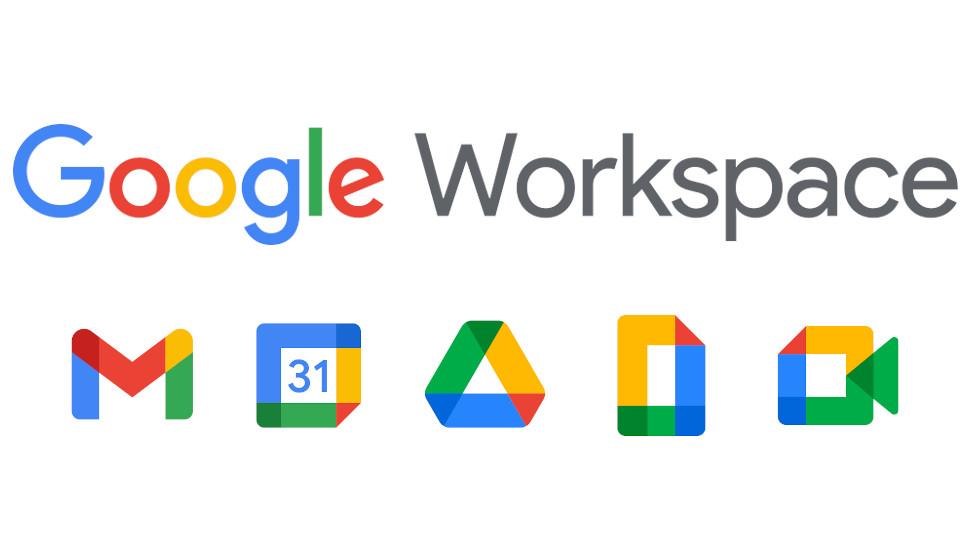 Google Workspace and Microsoft 365 Compared”>
Google Workspace and Microsoft 365 Compared”>
Navigating the Core Features: Google Workspace and Microsoft 365 Compared
When weighing the core features of Google Workspace and Microsoft 365, several key elements stand out that can significantly impact user experience and productivity. Both platforms offer a suite of robust tools designed for collaboration and organization, yet they cater to different work styles. Google Workspace excels with its cloud-native approach, promoting real-time collaboration across applications such as Google Docs, Sheets, and Slides. This seamless integration allows multiple users to edit documents simultaneously, fostering a culture of teamwork that is especially beneficial for remote work environments. Additionally, Google Workspace’s Drive storage system makes sharing and accessing files straightforward, perfect for teams focused on agility and flexibility.
Conversely, Microsoft 365 retains its legacy strength in desktop applications while also embracing cloud functionality. Programs like Word, Excel, and PowerPoint remain industry standards, known for their deep functionalities that appeal to users requiring robust editing tools. Microsoft Teams stands out for integrated communication and collaboration, combining chat, calls, and project management all in one platform. Furthermore, the suite offers enhanced security settings and compliance features, which are particularly attractive for larger organizations or those in highly regulated industries. The following table illustrates some of the critical differences between the two platforms:
| Feature | Google Workspace | Microsoft 365 |
|---|---|---|
| Collaboration | Real-time editing in Docs, Sheets, and Slides | Teams integration with Word, Excel, and PowerPoint |
| Storage | Google Drive | OneDrive |
| Desktop Applications | Primarily cloud-based | Strong offline capabilities |
| Communication Tools | Google Meet and Chat | Microsoft Teams |
| Security Features | Basic security with Google Workspace | Advanced compliance and security |

Collaboration Tools Unveiled: Which Platform Enhances Teamwork More
In the quest for seamless teamwork, both Google Workspace and Microsoft 365 present unique advantages that cater to different collaboration needs. Google Workspace thrives on its real-time collaborative capabilities, allowing team members to simultaneously edit documents, spreadsheets, and presentations with ease. This functionality is complemented by tools like Google Meet for video conferencing and Google Chat for quick communication, creating an integrated workspace that enhances productivity. Teams can experience instant feedback, engage in brainstorming sessions, and maintain a fluid workflow that is particularly beneficial for projects requiring constant input from multiple sources.
On the other hand, Microsoft 365 boasts a more traditional approach to collaboration but with powerful tools that enhance teamwork in a structured way. The integration of Microsoft Teams serves as the central hub for conversations, file sharing, and application integration. Moreover, with applications like Word, Excel, and PowerPoint, users can take advantage of robust features like advanced formatting and data analysis. The offline capabilities of these applications also ensure that work can continue without interruption, making it ideal for teams operating in diverse environments. A quick comparison highlights their strengths:
| Feature | Google Workspace | Microsoft 365 |
|---|---|---|
| Real-time Collaboration | ✔️ | ✔️ (via Teams) |
| Offline Accessibility | ❌ | ✔️ |
| Video Conferencing Integration | ✔️ (Google Meet) | ✔️ (Microsoft Teams) |
| Document Editing Features | ✔️ (Simplicity) | ✔️ (Advanced Tools) |
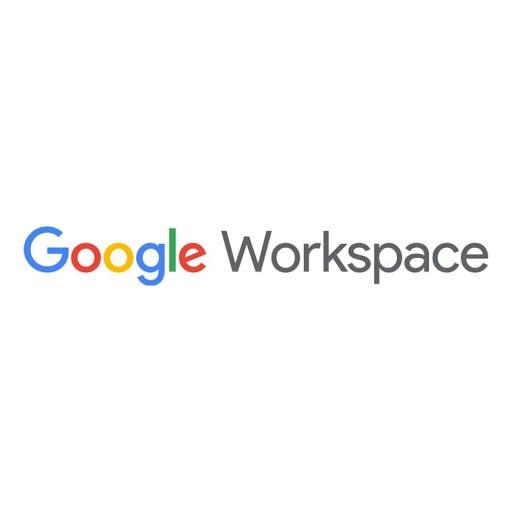
Cost-Effectiveness and Value: Evaluating Plans and Pricing Structures
When evaluating the cost-effectiveness of Google Workspace and Microsoft 365, it’s essential to consider not just the pricing tiers but also the value offered in each plan. Google Workspace’s pricing is straightforward, offering packages that cater to different sizes of businesses. The Business Starter, Business Standard, and Business Plus plans provide increasing levels of storage and features, while the Enterprise plans are customizable for larger organizations. This has proven attractive for startups and small businesses looking for budget-friendly solutions without sacrificing functionality.
On the other hand, Microsoft 365 uses a tiered system with plans like Microsoft 365 Business Basic, Business Standard, and Business Premium. It includes robust offerings such as Microsoft Teams and OneDrive integrated with traditional Office applications, which appeals to businesses that rely heavily on those tools. When comparing value, consider factors such as:
- Storage Capacity: Google’s unlimited storage in some plans vs. Microsoft’s capped options.
- Collaboration Tools: Teams versus Google Meet and Chat.
- Third-party Integrations: How each platform connects with widely used applications.
| Feature | Google Workspace | Microsoft 365 |
|---|---|---|
| Starting Price | $6/user/month | $5/user/month |
| Storage | 30GB (Basic), Unlimited (Higher Plans) | 1TB (Basic), 5TB (Premium) |
| Collaboration Tools | Google Meet, Chat | Microsoft Teams |
Ultimately, businesses need to assess their specific requirements, weighing features against costs to determine the best fit. With both platforms frequently evolving, ongoing evaluations of pricing structures and their corresponding offerings will help organizations maximize productivity while minimizing expenses.
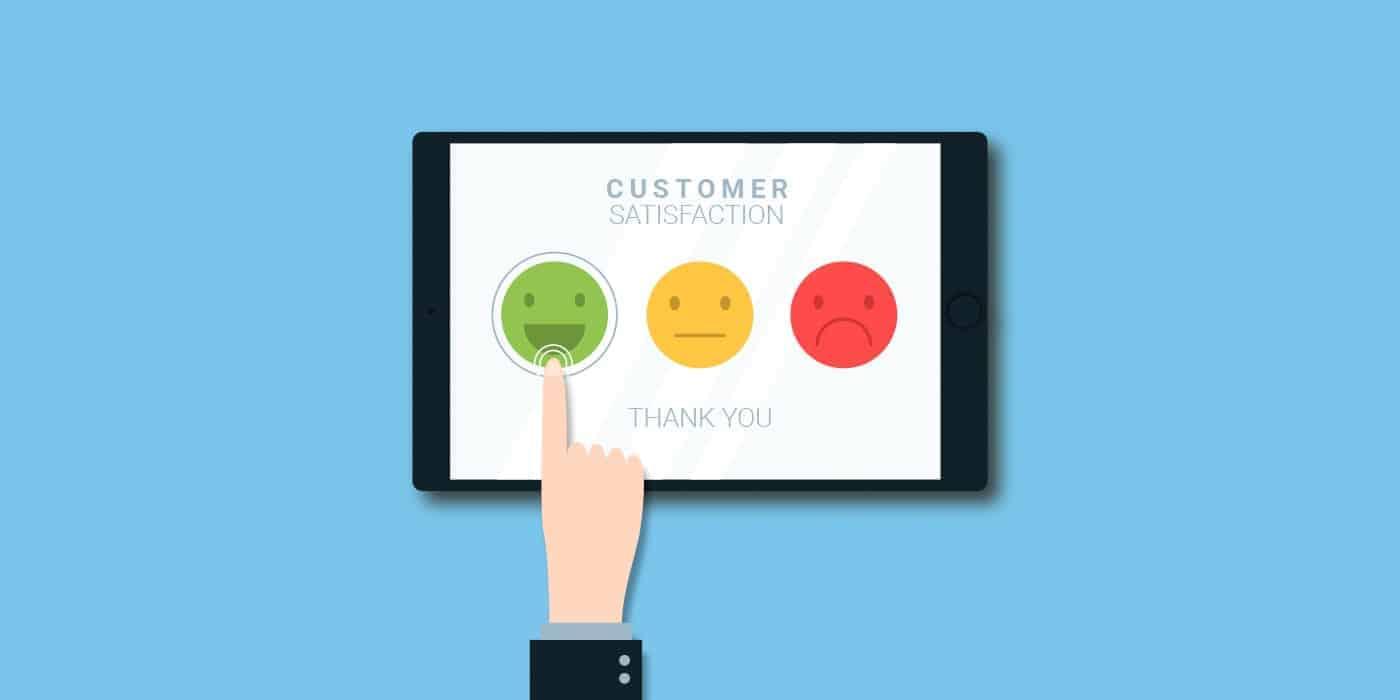
User Experience and Support: Which Service Delivers a Smoother Journey?
When it comes to enhancing user experience, both Google Workspace and Microsoft 365 offer intuitive interfaces designed to streamline workflows. Users often praise Google Workspace for its seamless integration with other Google services, allowing for easy collaboration and real-time editing. This holistic approach fosters a sense of interconnectedness, enabling users to transition smoothly between applications like Google Docs, Sheets, and Meet without a steep learning curve. Moreover, the minimalist design caters to those who prefer simplicity, reducing distractions during work sessions.
On the other hand, Microsoft 365 provides a comprehensive support system that balances usability with robust functionalities. The familiarity of its suite, particularly for businesses with a history of using Microsoft products, ensures a smoother transition and ongoing engagement. Key elements that contribute to this experience include:
- Rich Documentation: Extensive guides and tutorials cater to both new and experienced users.
- Responsive Support: Quick access to customer support channels helps resolve issues efficiently.
- Regular Updates: Ongoing enhancements ensure that users have the latest tools and features at their fingertips.
Final Thoughts
In the ever-evolving landscape of cloud-based productivity tools, Google Workspace and Microsoft 365 each stand as titans, offering unique advantages tailored to different needs and preferences. While Google Workspace shines with its seamless collaboration and intuitive design, Microsoft 365 boasts powerful applications and robust offline capabilities that appeal to traditional office environments.
As you navigate the complex world of productivity suites, consider what matters most for your team—be it real-time collaboration, comprehensive software features, or integration within existing workflows. The ultimate choice hinges on your organization’s specific needs and the work culture you wish to foster.
In this showdown, there is no one-size-fits-all winner. Instead, what emerges is a rich tapestry of options that empower users to enhance their productivity, facilitate communication, and simplify project management. Whether you choose to harness the power of Google’s innovation or Microsoft’s legacy, remember that the real victory lies in how well these tools serve your goals. The future of productivity is not just about which platform reigns supreme, but how you leverage these technologies to unlock your team’s full potential. So, equip yourself with the insights from this comparison and step forth into a more productive tomorrow.
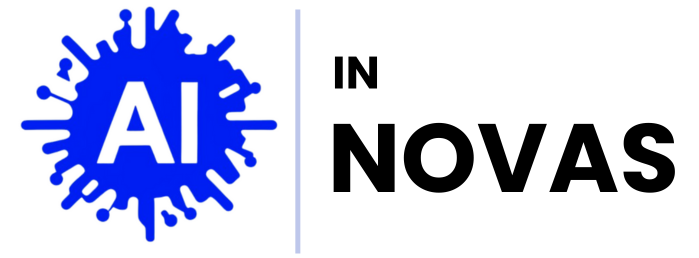
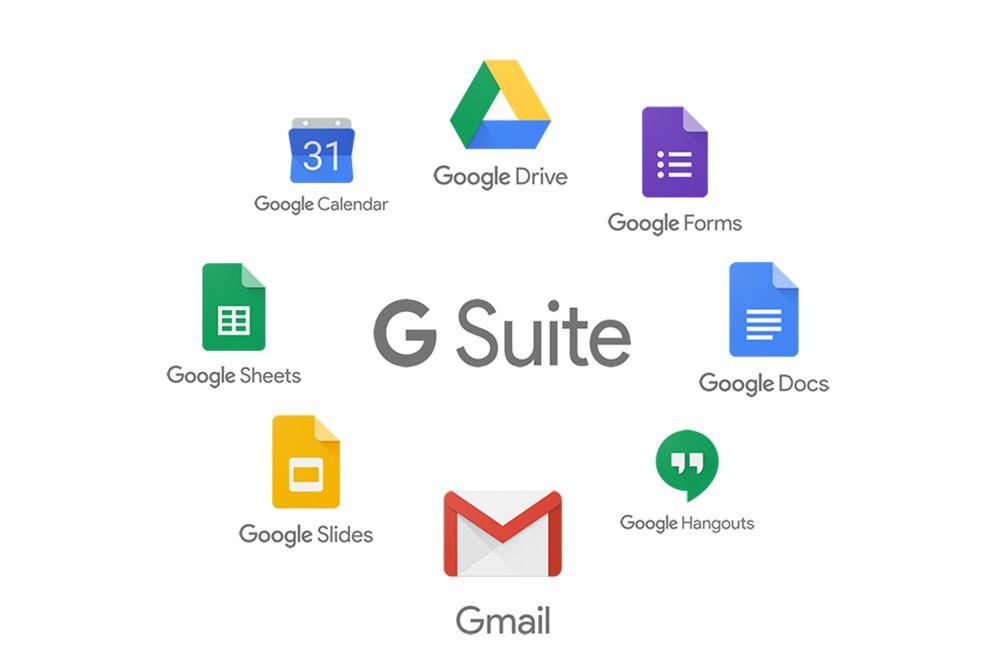



Pingback: Google Workspace vs. Dropbox Business: Collaboration and Storage Compared - AI in Novas
Pingback: Slack vs. Microsoft Teams: Which Collaboration Tool is Better? - AI in Novas